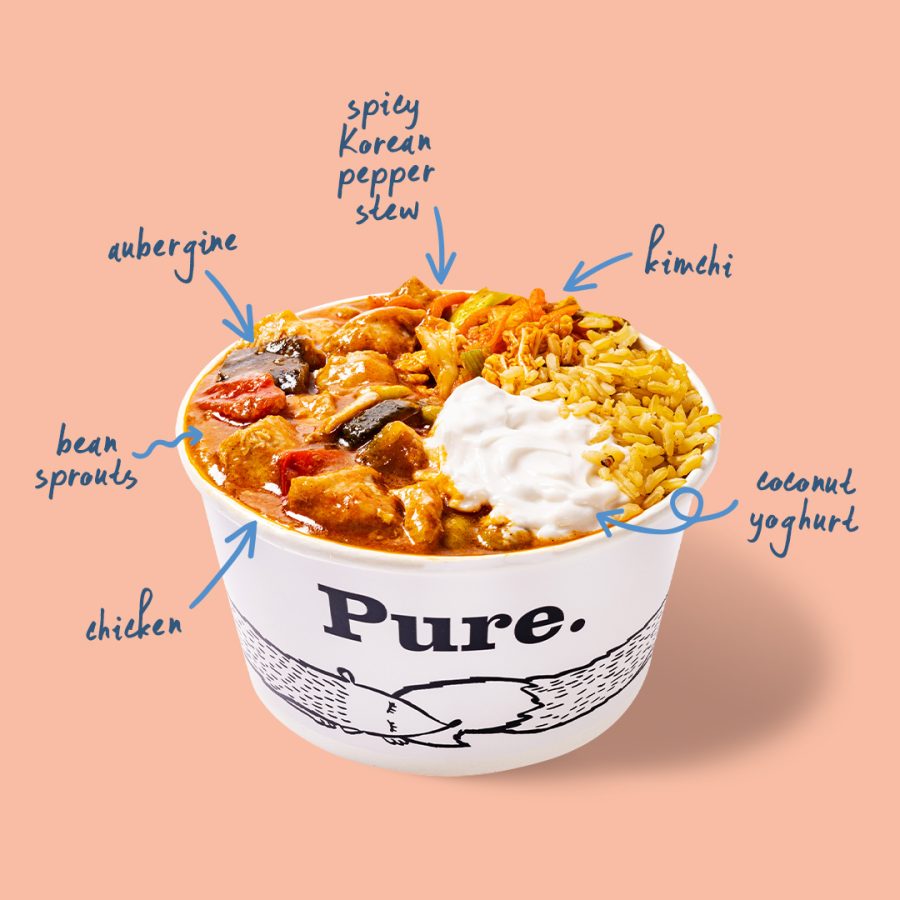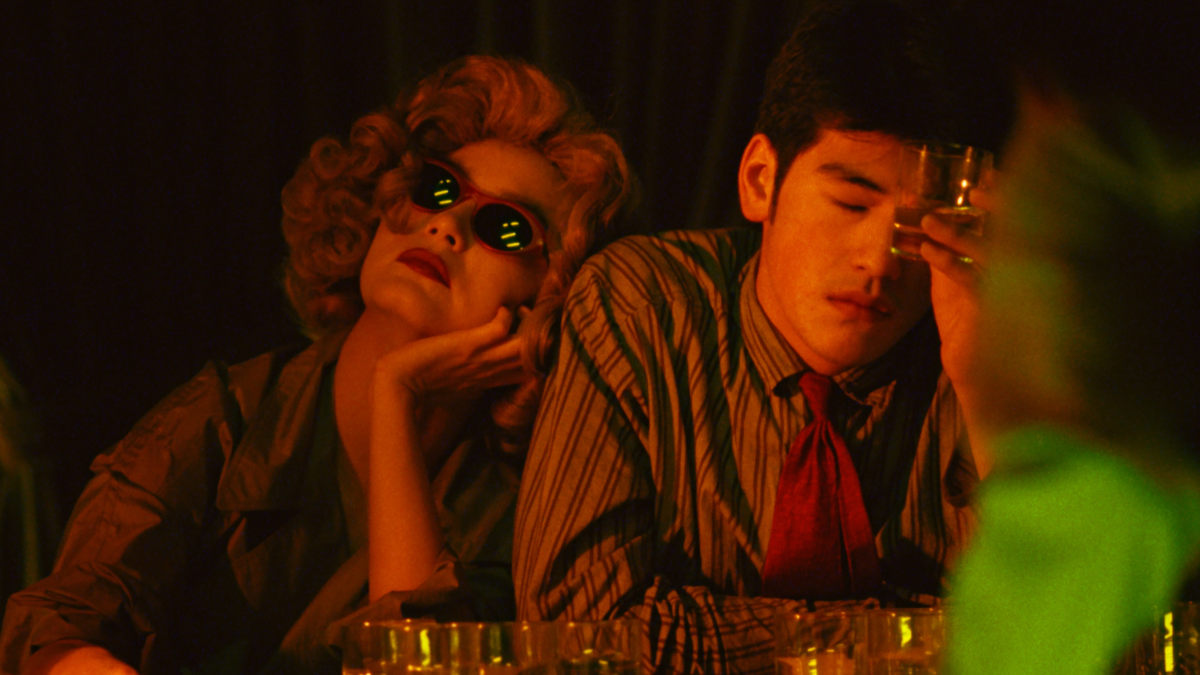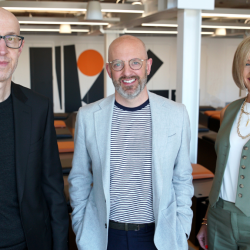I recently asked a new client what made them special. They stumbled in their response.
What about what makes you different? Again, hesitation. In trying to get to the bottom of their story, I realised that even a basic question — what do you offer? — was problematic: the client couldn’t articulate if they were a product or service. It’s not that they didn’t have a compelling story to tell (they very much do), but when your starting point is comparisons to existing brands in the market, you’re barely scratching the surface. Later, when I asked them why they chose us, they said “Because you’re thinkers.” I wanted to share this story because it’s an example of nuance in the broad church of brand strategy, which means different things to different agencies. To some clients it comes with the baggage of consultancy: sector, competitor and customer analysis (all good things), but with big fees and no end product. At Without we believe that the strategist job needs to go further. Steve Jobs once said that “people don’t know what they want until you show it to them”. I agree. In branding the magic happens when strategists are able to make the leap from data and insight into original ideas and tangible solutions.
But how do we do that?
1. The view from without
When Third Space chose to work with us back in 2015, it wasn’t because of our portfolio in health and fitness — we didn’t have one. When you come into a project with no preconceptions, you bring curiosity, a fresh perspective and cross-industry knowledge. An outsider — to the sector or organisation, as agencies often are — assumes the role of challenger. To turn that into a tangible tip, I would suggest being nosy. It’s about reading, listening, eating, watching… anything that helps keep you engaged with, and excited about, culture. It’s time to tear down the stereotype of nerdy strategists working in isolation and living only in their mind.

2. The alchemy of collaboration
For our rebrand of Wok to Walk, the strategy involved a deep dive into Eastern culture, drawing on the neon colour scapes of Hong Kong and cinematography of Wong Kar-wai, to the animistic Kami spirits central to Shinto beliefs.
This research was fundamental to informing the new logo, packaging, photography art direction, staff uniforms and custom ‘Lightning headline’ typography. It even inspired the creation of a mascot, Woki, a rebellious, mischievous spirit to keep the flame alive.
The idea for Woki came, in fact, from one of our design directors, not strategist. But that’s when that magic happens: in the collaboration of every stakeholder. With this in mind, it’s important to break down any siloes that might exist — be that between strategists and designers, or studio and client. For me, strategy is about bringing people together, and the solution is a shared one that everyone has equity in.
3. Putting it into practice
Strategy isn’t theory, it’s not enough to find the differentiating idea. Strategy solves the problem of how to express that idea in creative, real world outcomes. When we first started working with Pure they were offering some of London’s most delicious food-to-go because they had on-site kitchens (unlike its competitors). Among the creative execution of its difference was an alternative “about page” on the website. Instead of the expected prose, strategy inspired an animated timeline of the day. At 5.15am, the smell of baking; at 7.30am, the blending of smoothies; at 12.30, the mixing of dressings.
Strategists are also great writers and able to communicate a unique, rallying idea in just a few words. Generic taglines have no place in good work. We prefer “More Home Than High Street”; “Born in the East, Raised in the East End”; “Cooked with lightning” (the brainchild of one of our designers — see: collaboration, again). All phrases conjured by strategic creative thinking, with clarity and feeling.

In brand design, the role of strategy hasn’t always been clear, with some people suspicious of its value. But it’s strategy that challenges and shapes an idea. Strategy gives a point of view, it’s more than data and numbers. It’s nuance, the human touchpoints behind the science. It’s problem solving through a deeper level of meaning. It’s what drives change, and the proof is in the pudding: we’re proud to have won numerous DBA Design Effectiveness Awards, including for work with Third Space and Sodexo (where we also picked up the Grand Prix prize).
Featured image: Chungking Express, courtesy of Janus Films































